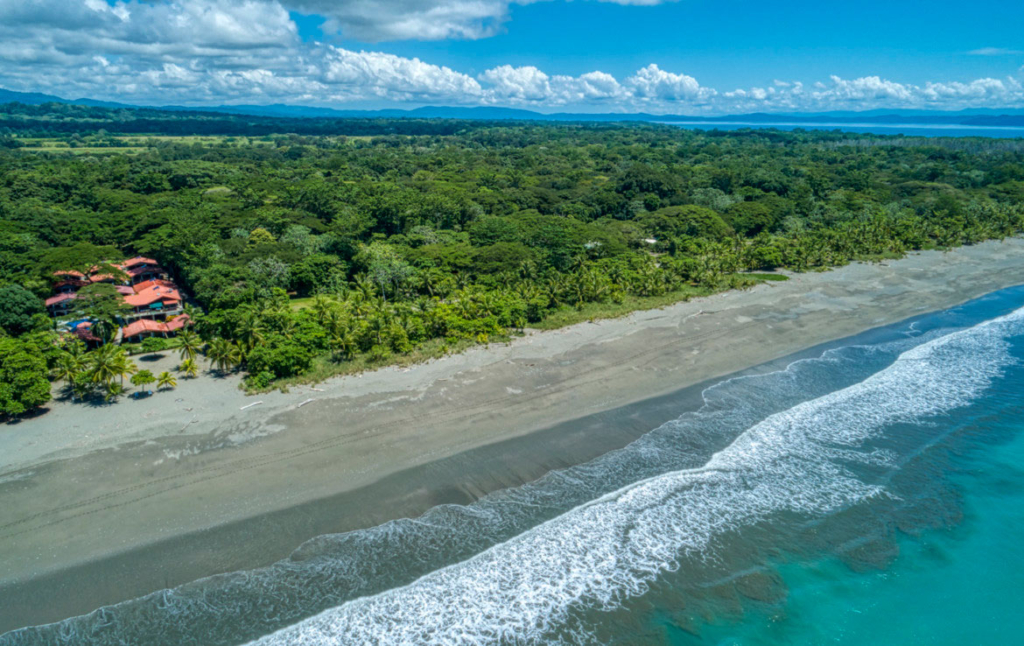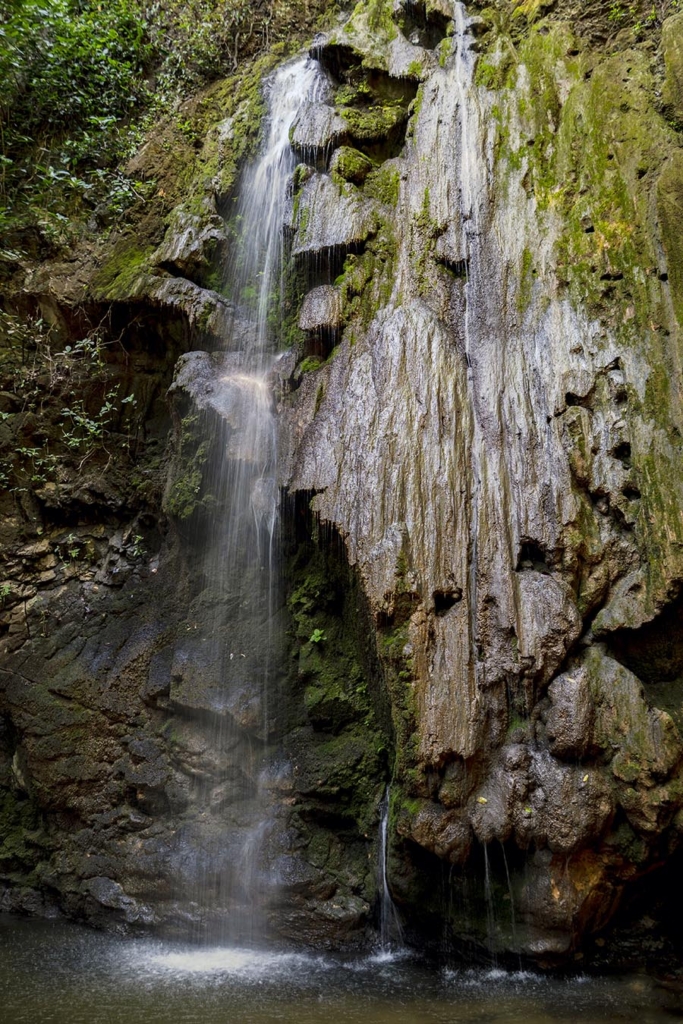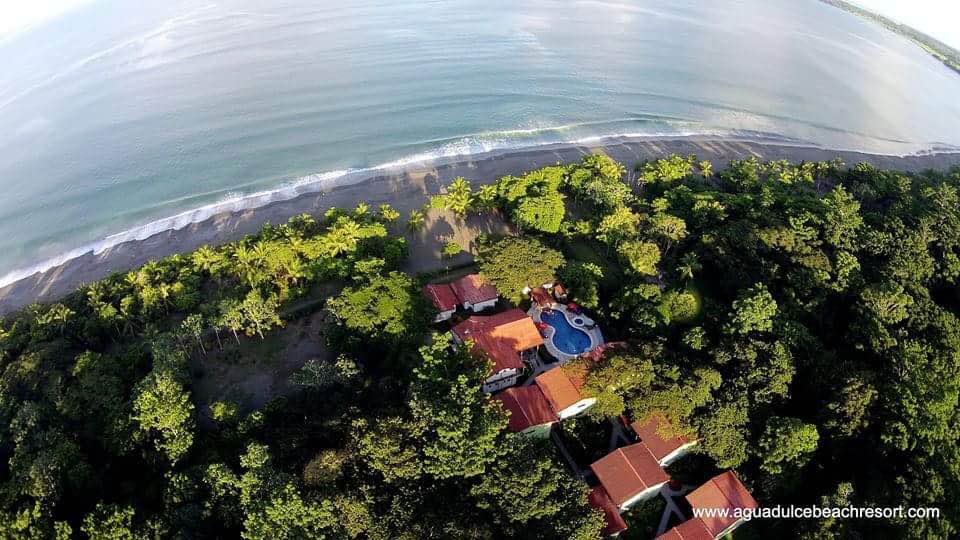About Coastal Property
Coastal Property – The real story
Beach property is governed under special circumstances, the corresponding law spelling things out clearly although much confusion has been spread over the years. Reference – the Maritime Zone Law or Ley Zona Maritima Terestre 6043, commonly called the “Concession Law” which was established in 1977. The Maritime Zone is defined as the 200 meter strip of land along the coastline, measured from the “average high tide”. The intention of the 1977 law was to zone the coastline with prioritized sectors having the highest touristic aptitude. Coincidently the Guanacaste coast got all the attention where the rich Costa Rican families owned large tracts of land. However to this day the vast majority of Costa Rica’s coastline is still un-zoned, lacking an approved Regulatory Plan.
The land inside the Maritime Zone is owned by the state and jointly administered by the local Municipality and the National Tourism Institution (ICT) and is described in two parts – the first 50 meters from the average high tide is public domain or “public zone” and cannot be possessed or claimed by anyone. It is for public use. All beaches are for public enjoyment in Costa Rica with no exceptions other than Marinas, Ports and National Parks. The adjoining 150 meter strip of land is called the “restricted zone” where third parties can solicit exclusive usage by a simple act of filing an application at the local municipality which then recognizes who has first right to the concession. The law states “first in time is first in right” assuming the applicant meets basic qualifications. The “recognized applicant” is then in first position to receive the eventual “concession” once approved zoning (Regulatory Plan) is in place. Note that all concession applications country wide were accepted, filed and sorted out many years ago. Your chances of filing with recognition today are zero. But imagine a time when much of the coastline was basically free and the only requirement was to file an application
Until a section of coastline has an approved Regulatory Plan, usage and development is administered strictly on a provisional basis – the municipality administrating what is considered the “first right of occupation” through a usage permit or permiso de uso, a provisional recognition of the current occupant. Sometimes this is misleadingly referred to as a lease or ariendo. This provisional occupation has no time limit as it is considered an interim scenario, until a Regulatory Plan is approved and Concessions can be awarded. Depending on Municipal policy this interim occupant may pay a symbolic “occupation tax” or Canon and may also be given permission to make certain improvements to the land and build temporary structures.
Regulatory Plans are implemented and approved by the corresponding state (federal) institutions and passing an environmental impact review etc. Once approved, concessions can be awarded. Concessions are contractual agreements inscribed in the National Registry giving the concession holder literal rights of ownership to the concession, the right to build / develop and the right to transfer (sell). Concessions for residential and tourist projects are renewable every 20 years in perpetuity assuming compliance of the terms of the concession contract which basically are respect the public zone, pay your concession tax and build in accordance to the approved zoning. Stories of 99 year leases are not true.
Surprisingly, building along the coastline without an approved Regulatory Plan is common although not completely legal. Let’s just say that policy and administration of the coastline by some Municipal governments has been very informal over the past several decades. Some constructions were built with Municipal authorization and some were not. This is another scenario where extra due diligence is recommended.








